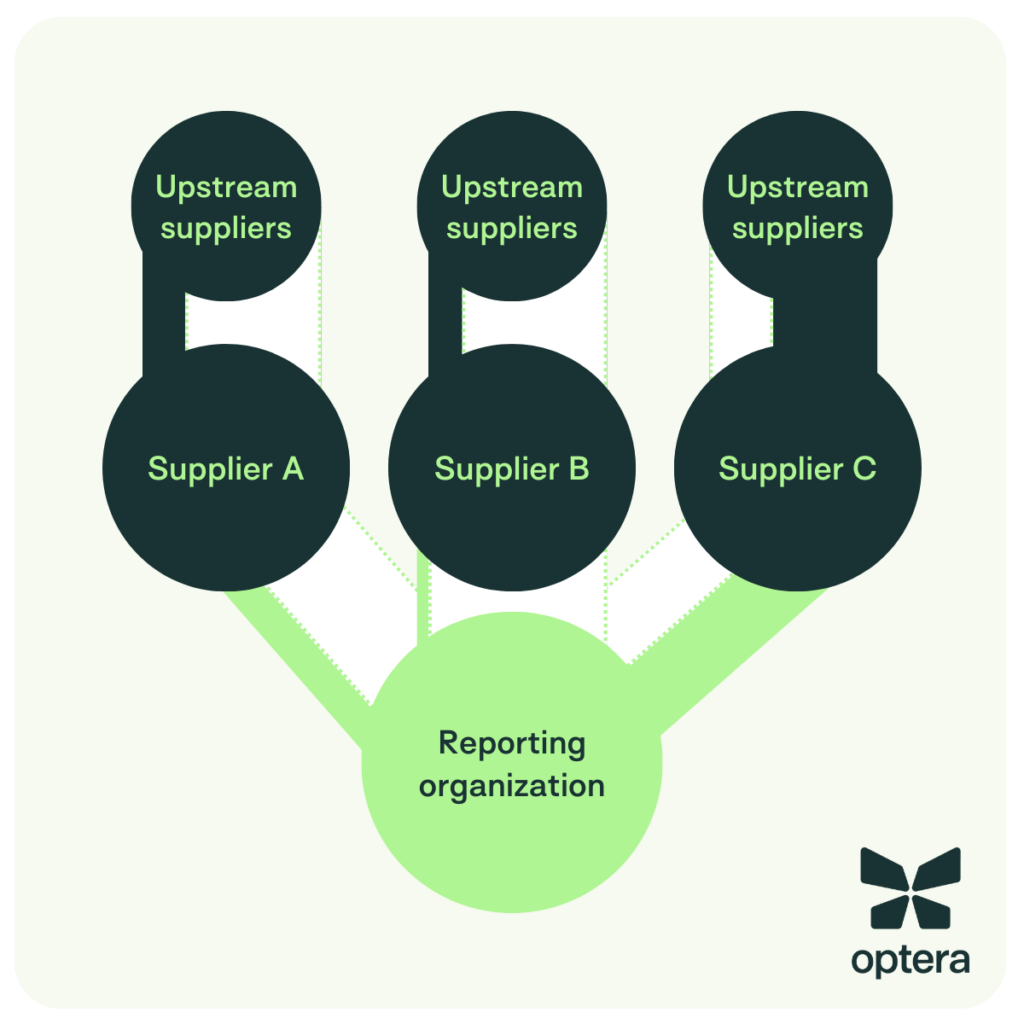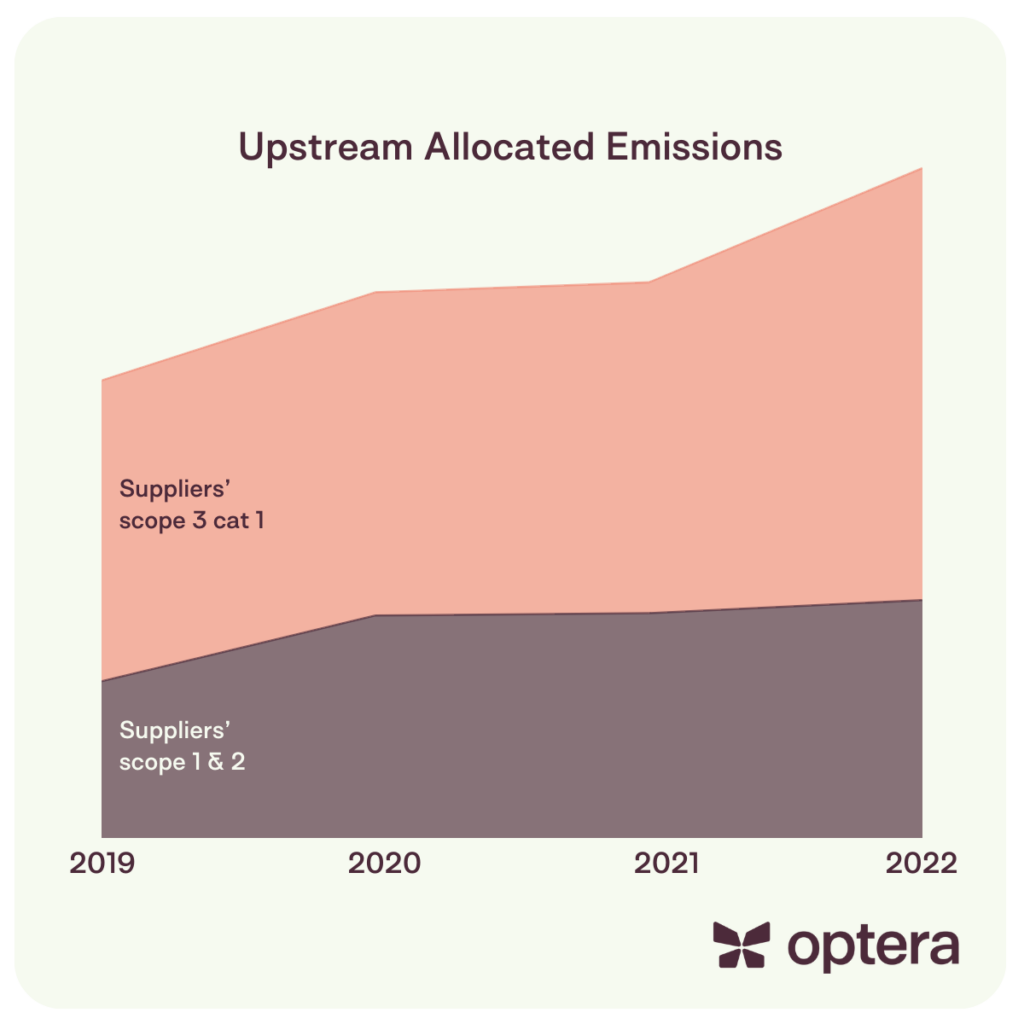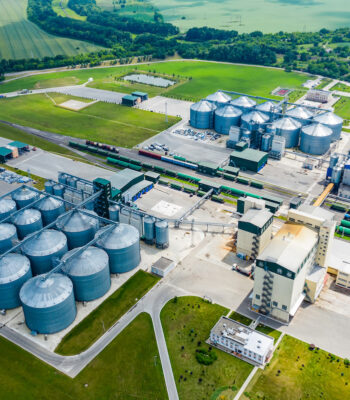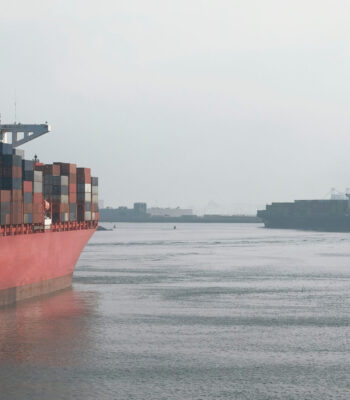We’re pleased to announce that cradle-to-gate emissions accounting is now available in Optera’s Supply Chain Manager. Now, clients of the tool can understand their suppliers’ operational emissions as well as those suppliers’ scope 3, category 1 (Purchased Goods and Services) emissions – and attribute them to their own scope 3 reporting.

Why are cradle-to-gate emissions important?
- Deeper understanding of supply chain risks (and opportunities): To fully reflect and understand your organization’s supply chain emissions – and supply chain risk – you must look beyond your suppliers’ scope 1 and 2 impact and account for their material upstream emissions. In doing so, you can extend your understanding of where your supply chain poses risk and where there are opportunities to advance decarbonization and hold your suppliers accountable for addressing meaningful hotspots in their own supply chains.
- Adherence to evolving regulations for scope 3 reporting: As supply chain emissions accounting matures, so too do its standards. Incorporating suppliers’ scope 3 emissions is becoming the requirement for scope 3 reporting. The GHG Protocol states the minimum boundary for Purchased Goods and Services calculation includes “All upstream (cradle-to-gate) emissions of purchased goods and services.” Aiming for full cradle-to-gate accounting sets you up to better adhere to global standards and regulations in your ongoing reporting – including recently established California regulation and the EU’s CSRD.
- Advancement of your suppliers’ maturity and engagement programs: Identifying whether your suppliers are calculating and reporting their scope 3 data can give you additional opportunities to lean in and support their emissions calculation and reduction efforts where they’ll most impact your sustainability goals. Prioritize supplier engagement based on whether they already report on and have targets for scope 3.

Within the platform, you can compare suppliers’ scope 1 and 2 emissions to their scope 3 emissions, and choose whether to include their scope 3 in your supplier-level and overall allocations. You can also visualize these allocated emissions by commodity, and all calculations are transparently documented in Data Manager.
“We’re constantly looking for ways to advance corporations’ understanding of their carbon footprint, so that they can make more informed progress towards decarbonization,” shares Alekhya Reddy, VP of Product at Optera. “By increasing visibility deeper into our customers’ supply chains, we’re enabling more comprehensive accounting and providing additional levers for supplier decarbonization planning.”
Learn more about Optera’s Supply Chain Manager.


